
Let’s face it, zombies are hot right now. Not in a sex-way, you understand, more in a “darling, zeez flesh-eating monsters…ze are in zeason” kind of way. Books, films, TV shows and online quizzes; you can’t go anywhere without bumping into something vaguely zombie-related.
The internet asks you things like “How Long Would You Survive In A Zombie Apocalypse?” and “What Type Of Crossbow Would You Be In The Event Of A Zombie Outbreak?” and “What Would Your Zombie Nickname Be?” and “Which Bum Cheek Would The Bum Munching Zombies Bite You On?”
“Let’s face it, zombies are hot right now.”
And so, following on from that introduction, let us discuss real-life zombies. Now, we know what you’re thinking, you’re thinking “Mpora, there’s no such thing as zombies,” and “Call yourself joirnolizts [sic], how much are they paying you to write this (insert expletive),” and “Which bum cheek did the bum munching zombies bite you on?”
To all those questions, we say: “Guys, zombies are real…sort of.”
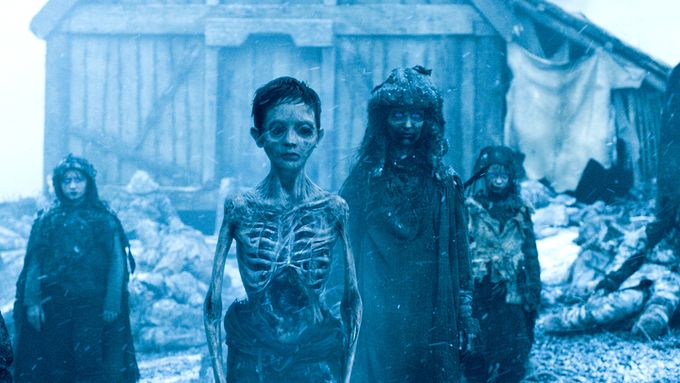
Dawn Of The Cockroach Zombies
When it comes to cockroaches, there’s a common misconception that this lot could disarm an active nuclear bomb, break the bomb down into mouthful-sized chunks, swallow all the bits, reconstitute the bomb in their stomachs, rearm it, let it explode and then live to tell the tale. This is a myth. Nobody could survive that, not even (insert overweight television personality).
The problem for cockroaches is they’ve got enough shit to put up with, without spending the countless hours it would take in order to fully understand the disarming procedures for a WMD (Weapon of Mass Destruction).
One of the biggest ball-aches for a cockroach is the female jewel wasp. The female jewel wasp, you see, use cockroaches as a living nursery for her young.
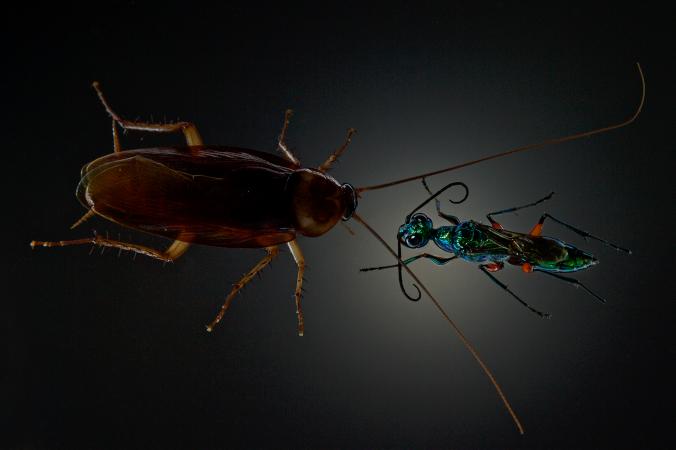
The wasp begins this total shit-show by injecting the cockroach with a toxin that paralyses its front legs. Following on from that, the wasp hits again with a strike aimed directly at the roach’s head. Scientists at Ben-Gurion University discovered that the venom injected by the wasp targets the area of the brain responsible for movement and free-will.
Robbed of its ability to move freely, the roach is dragged by its antenna to a nearby burrow. It is here that things start to get seriously messed up. The wasp will lay her egg on the victim and entomb them together. The wasp larva slowly consumes the roach for a number of days before pupating in its abdomen, emerging as an adult about a month later.
Ok, so looking at that on a play-by-play basis, it’s not exactly a carbon-copy of the Dawn Of The Dead narrative but it’s still undeniably horrific. This vomit-inducing role play, starring jewel wasps and cockroaches, brings to mind that iconic scene in Alien. You know the one we’re talking about.
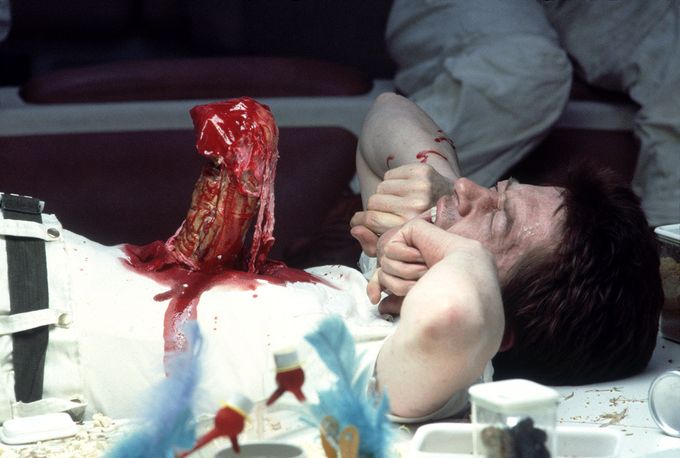
The Wasp-ing Dead
If you thought those cockroaches had it bad, just spare a thought for the unfortunate orb spider Plesiometa argrya. Like the jewel wasp and the cockroach, the Females of the Costa Rican wasp Hymenoepimecis argyraphaga will lay their eggs on the abdomens of the arachnids.
After surviving off its host for a couple of weeks, the wasp larva injects a chemical into the spider that forces it to build a new kind of web; one that it’s never built before. To put that into human terms, it’s like an adult man successfully putting together an IKEA cupboard without reading the instructions and knowing what the hell they’re doing.
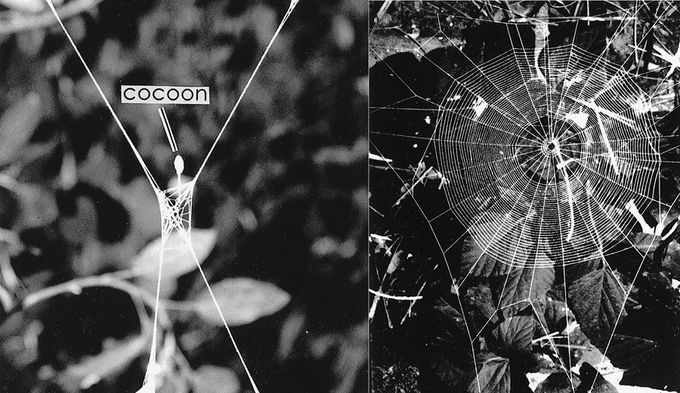
This strange, new, web isn’t for the spider’s enjoyment though. It’s purpose is to support the cocoon that the wasp larva will build after it finally puts the poor spider out of its misery by eating it.
I think we can all agree, here and now, that bugs are fucking weird.
28 Mind-Controlling Slime Balls Later
If you’re sat reading this in an overpriced slice of cramped London property, compare yourself to the lancet liver fluke and consider yourself lucky. The lancet liver fluke, which is a type of flatworm, resides in the livers of grazing mammals such as a cows.
Its eggs are excreted in the host’s faeces, which are then eaten by snails (who are quite literally a bunch of shit-munchers). Disgustingly, for anyone eating their lunch while reading this, the eggs then hatch inside the snail. Creating protective cysts around the parasites, the snails then cough them up in slimy balls of mucus.
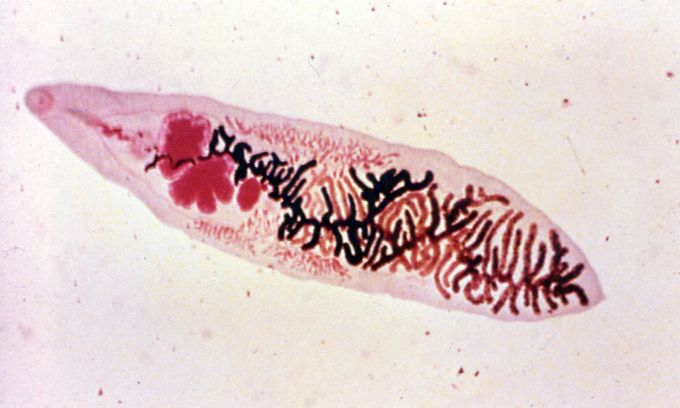
But the weirdness doesn’t stop there, oh no, not for a minute. The slime balls, which at this point have been on quite a journey already, are then consumed by ants. And it is here that things get a bit ‘mind control-y’ and ‘zombie-ish’.
The flukes wiggle their way into the ant’s brain, and force the insect to climb to the summit of a blade of grass and sit perfectly still. The ant will stay there until it’s eaten by a grazing mammal, most likely a cow, thus completing the liver fluke’s life cycle in the progress.
Cow’s liver, cow’s shit, snail’s insides, snail’s mucus, ant’s mouth, ant’s brain, cow’s mouth, cow’s liver, cow’s shit, snail’s insides, snail’s mucus, ant’s mouth, ant’s brain. It may be the circle of life but, when you look at in the bluntest of terms, it’s not exactly The Lion King is it?
Night Of The Suicidal Crickets

There are some things in this world that find themselves constantly up against it. The perennial underdogs, the Tim Henmans at Wimbledon; they face an almost constant struggle to survive.
Hairworms are one of these “things”. They infect land-based insects like crickets, but the parasites can only reproduce in an aquatic habitat. Presumably, the romantic atmosphere of lakes and ponds puts them in the mood (or something like that).
Being the clever boys and girls that they are, researchers at France’s Centre National de la Recherce Scientifique (National Centre For Scientific Research) have worked out how the hairworms get over their land-to-water problem.
“The cricket jumps in the water and drowns, before the hairworms emerge, reproduce, and continue on their ‘zombie-esque’ attempt at world domination.”
Hairworms, you see, produce mind-moulding chemicals that cause their host (let’s call him Jiminy Cricket, for arguments sake) to move towards the light. Water bodies reflect the moonlight, and this is what leads the now brain-dead crickets towards lakes and streams.
“Don’t go into the light, Jiminy. You’ll die,” shout the other crickets. But Jiminy, who’s being controlled by hairworms remember, doesn’t listen. The cricket jumps in the water and drowns, before the hairworms emerge, reproduce, and continue on their ‘zombie-esque’ attempt at world domination.
Resident Evil: Euhaplorchis Californiensis

The fluke, Euhaplorchis californiensis, starts its life in an ocean-dwelling horn snail. From this unusual starting point, and after reading up on this stuff it does start to blur into one big ball of weirdness, it produces larvae that then seeks out killifish.
Once it’s tracked down a fish that it likes the look of, the parasite latches on to its gills and finds its way to the brain. Replace fish with ‘scared person’ and the ocean with ‘deserted shopping mall’, and you’ve got yourself a classic zombie scene.
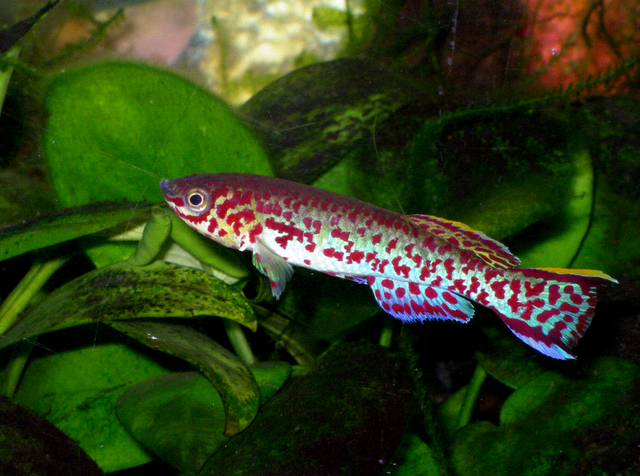
The fluke needs to get inside the gut of the a water bird in order to reproduce, again this probably has something to do with the “ambience” (or not). Once the parasite is up inside the head of the killifish, the fluke fires off a chemical that causes the fish to shimmy and shake like a 1950’s rockabilly dancer.
This behaviour attracts the predatory birds flying over head, and results in the fish getting eaten (with the flukes inside them). The flukes then mate, and their eggs fall back into the water inside the bird’s droppings. These droppings are then eaten by the snails, who really have no sense of culinary expertise, and the cycle begins all over again.
Conclusion

Zombies are real. Well, they’re not real. But, I think, it’s fair to say that nature definitely has some things in it that give off a scary zombie vibe. So grab a shovel, grab a cricket bat, grab an old box of vinyl records, grab anything you can get your hands on, head to the pub and wait for all this to blow over.
You May Also Like:
7 Adorable-Looking Animals That Could Kill You In An Instant
